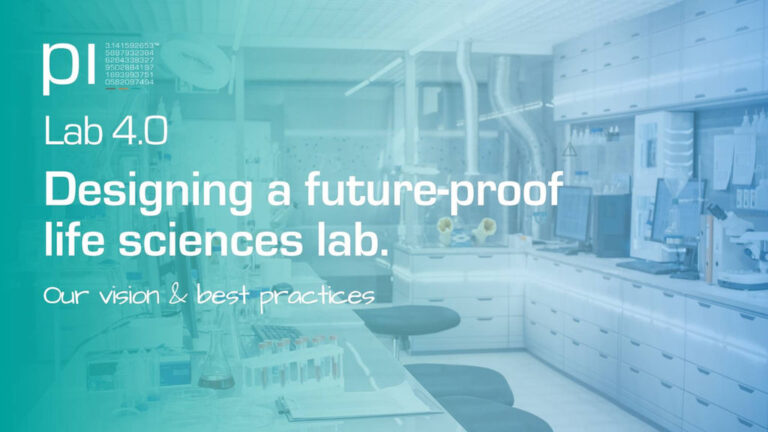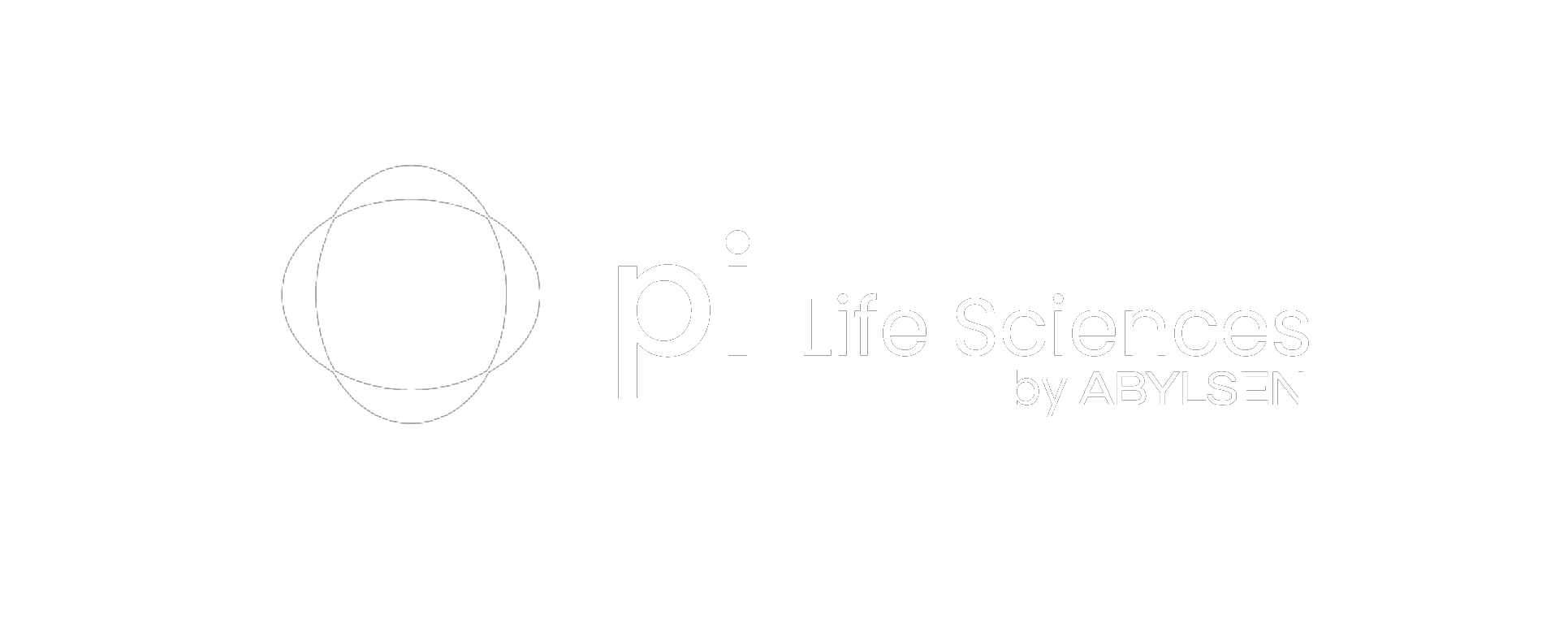The most important epidemic of this century has affected the entire planet and has shaken our economic and social system. To face this common enemy, resistance was organized around the scientific community. A new hope is on the horizon so that we can return to our former lives, a vaccine that would allow us to be protected and no longer fear being infected or infecting our family, friends, or colleagues. We already have the weapons and the knowledge to develop a vaccine against COVID19 so that we can get back to the life we had before.
What is a vaccine and how can it protect us?
Vaccination is a prophylactic measure, it does not cure but prevents the disease. The discovery of vaccination is the result of observations made since antiquity that infected people are less likely to get sick a second time. It’s a superpower that we all possess called immunization, the secret of this power are small particles produced by our body and called antibodies. We have thousands of different types of specific antibodies that have been selected by our bodies to be attracted like magnets to the infectious agent to destroy them quickly. But the process of creating these antibodies can take time. The vaccine allows the immune system to be prepared for a new infection by providing the information needed to create these antibodies.
A little bit of history
In the 18th century, Jenner discovered that the vaccine, benign disease of cows similar to smallpox and which some farmers in contact with do not develop smallpox, the term “vaccine” was born.
Thanks to this discovery many deadly diseases such as smallpox, polio, and measles are no longer as dangerous for us. Numerous pandemics have been prevented, and our quality of life and life expectancy has improved as a result. But what do we do when faced with a new and unknown infectious agent?
What are the stages of vaccine development?
The development of a new vaccine is a long, complex, and sequentially organized process that takes at least five years. It begins with pre-clinical animal trials and then moves on to human clinical trials. Clinical trials are divided into different phases:
-
Safety trials on a small number of healthy individuals to verify the immune response and the presence of side effects of the new vaccine.
-
(Separated into 2a and 2b): Tests the optimal dosage for immunogenicity.
-
Carried out on a large number of patients to assess the benefit/risk ratio of the new vaccine.
What are the prospects for a future vaccine?
The demand and need for a vaccine against COVID19 do not allow for several years to elapse. The development target is about 18 months, to reach this goal the timeline will be shorter as shown in the diagram below. Some phases will have to overlap instead of being sequential to save time.
A particularly important step in the development of a vaccine is the choice of the particle that allows for the longest possible immune response and eventually protection of the population. Let’s take a look at the different possible candidates.
Attenuated virus: The virus is injected directly into the body but doesn’t worry, it’s an attenuated virus (can no longer produce the disease). Before injection the viruses are chemically or thermally inactivated, this process is used for the vaccine against influenza, measles, varicella, or rubella. The difficulty of this vaccine is to inactivate the virus in a certain way while having optimal protection.
Advantages
-
A single immunization is sufficient
-
Easy immunization via nasal spray, without injection
Disadvantages
-
A reversion of the virulence is possible
-
Not recommended for immunocompromised patients.
Nucleic-acid vaccines: This vaccine can come in 2 types depending on the type of genetic information of the virus, DNA, or RNA. In the case of COVID19, it’s an RNA virus. The principle will be to isolate the part of the genetic code producing a protein important to the infectivity of the virus that will be presented to the immune system. This protein will be more easily recognized and destroyed during infection by the virus. This vaccine is easy to produce because it does not require working with the virus, only a part of it. But currently, this type of vaccine is only a principle, it has never been tested, we don’t know its effectiveness yet.
FYI: If the new Pfizer’s mRNA-based vaccine development is succesful it would be the first of its kind!
Advantages
-
Easy to develop, produce, and cheap
-
Immune response only against the protein of interest
Disadvantages
-
Insertion of foreign DNA can induce cancerous cells
-
The immunogenicity can be poor and the immune system can tolerate the protein
Viral vector vaccine: A virus different from COVID19 such as an adenovirus is genetically modified and weakened so that it produces COVID19 proteins and is not dangerous for the health. This type of vaccine has been used successfully against Ebola and may also be used to treat some types of cancer.
Advantages
-
Can infect a wide choice of cells
-
The cells infected by the vector have a high expression of the protein
Disadvantages
-
The host can produce antibodies against the viral vector
-
Limitation on the size of the protein produced by the viral vector
Protein-based vaccines: This is a type of vaccine used for example against Hepatitis B but also bacteria such as Tetanus. A protein important for the activity of the infectious agent, such as the protein that allows it to enter the cells, is injected. So that the body can defend itself effectively against it by producing specific antibodies. These proteins have to be combined with adjuvants to increase and optimize the immune response as much as possible.
Advantages
-
Easy to produce and stable in storage
-
Safe for immunocompromised patients, no risk of infection or autoimmunity
Disadvantages
-
Poor immunogenicity, need toxic adjuvants.
-
The identification and selection of the protein are difficult.
-
A short protein has less immunogenicity but a long protein can lose its structure and decrease the immunogenicity too.
A great graphic depiction can be found in an article by Nature:
What progress has been made? And what to expect of COVID19 vaccine development?
The rapid development of several vaccines makes it necessary to accelerate certain documentary steps, but following Good Manufacturing Practices rules that are here to ensure the quality and safety of the vaccines. These rules cannot be shortened despite the health emergency. Various candidates currently in Phase 3 are being tested, if clinical development is successful, the candidate can be approved in the coming months. The next question is which of these candidates will be selected to vaccinate the population?
Keeping up to date with the statistics around the number of vaccines? Check out Statista!
Blog by Nicolas Desmet







